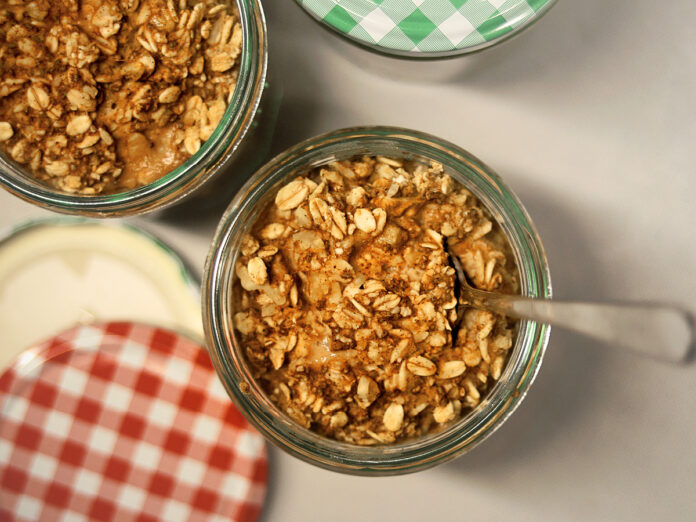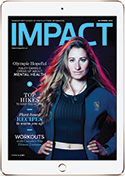
Meet the daily requirements and, ahem, keep you regular
Most people think constipation when they think fibre. And it’s true. Dr. Michael Greger, an acclaimed international speaker who specializes in clinical nutrition, says if most Americans ate just the minimum recommended daily intake of fibre-containing foods, it would add up to $80 billion in savings from the effects of coping with constipation alone. But getting enough fibre in your diet is important for other reasons, too. Accumulating evidence indicates that greater dietary fibre intakes reduce risk for type 2 diabetes, cardiovascular disease, certain cancers, weight gain, obesity, and diverticular disease.
We know whole grains, fruits, vegetables and legumes are fibre-rich foods. As fibre intake goes up, the risk of metabolic syndrome appears to go down, with less inflammation and an apparent step-wise drop in obesity risk. It’s therefore no surprise that greater dietary fibre intake is associated with a lower risk of heart disease: There is a 9 percent lower risk for every additional 7 grams a day of total fibre consumed, which is just some rice and beans or a few servings of fruits and veggies.
Here’s how the 5:1 rule works. Simply look at the ratio of grams of carbohydrates to grams of dietary fibre. Divide the carbohydrates by the dietary fibre. You want a 5:1 ratio or less.
For example, Multi-Grain Cheerios sound healthy but have a ratio over 7. However, Nature’s Path Granola is a better option. When you take its 15 g of carbs and divide it by its 4 g of fibre, the ratio equals 3.75.
 IMPACT Magazine’s November Edition
IMPACT Magazine’s November Edition
RBC Olympic hopefuls Hayley Daniels, Sam Effah and Kate Wright as our inspiring cover athlete stories! Get prepared for winter running, making movement part of your workday, and exploring great hikes near Calgary and Vancouver.
















